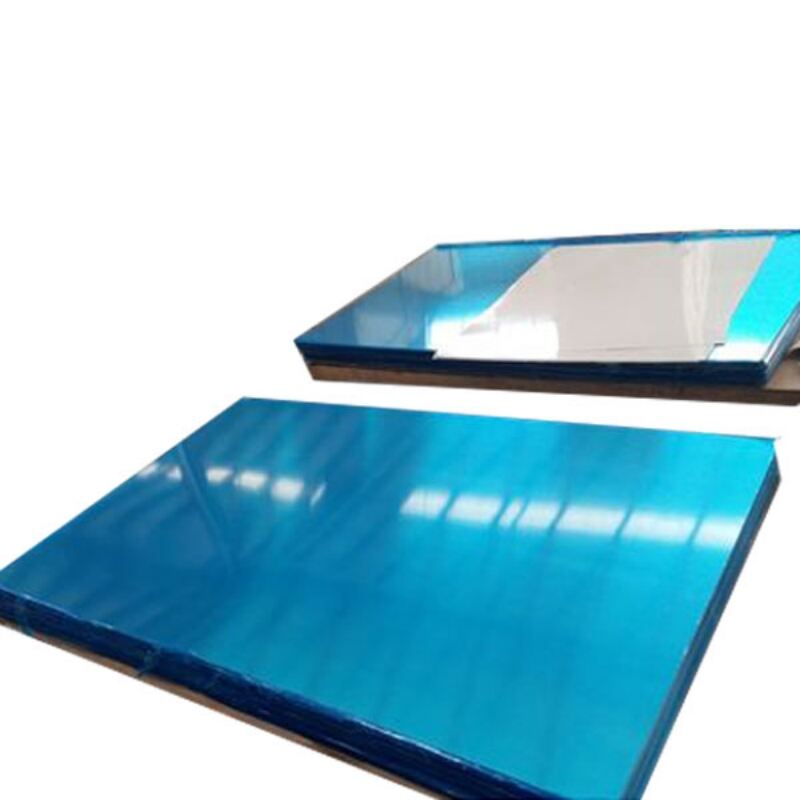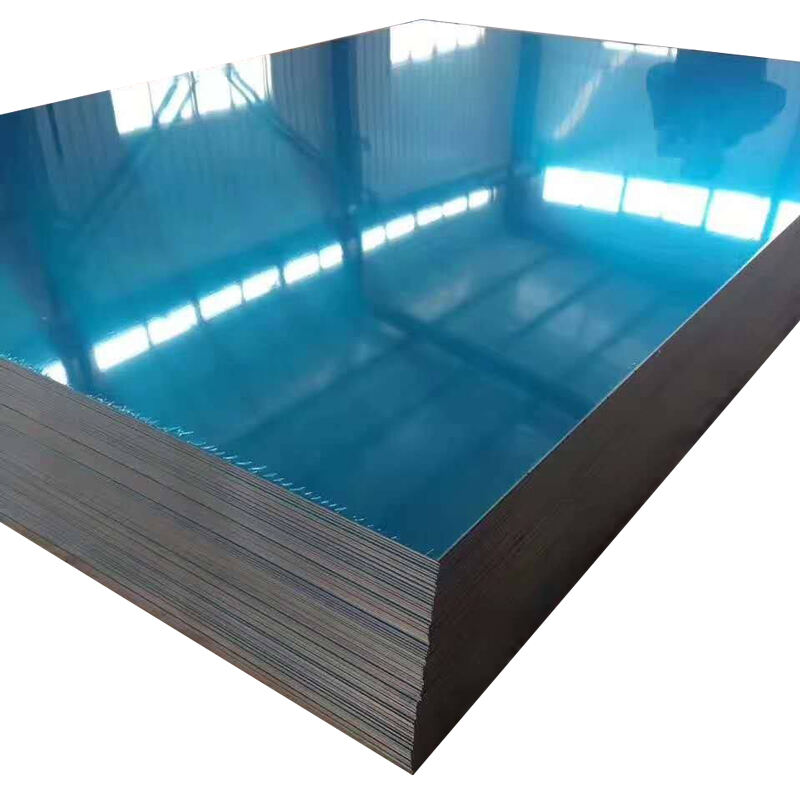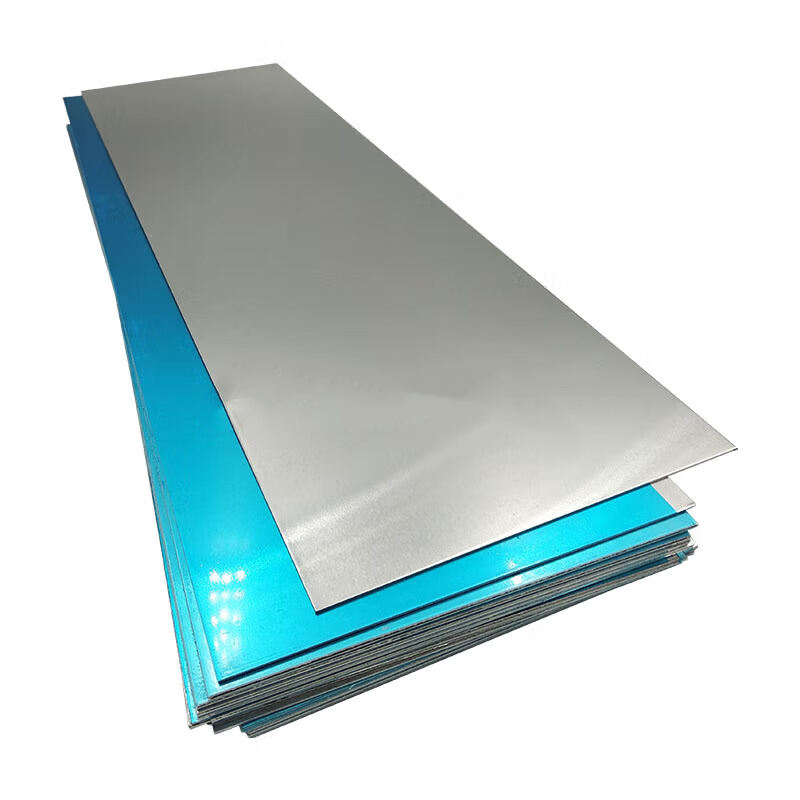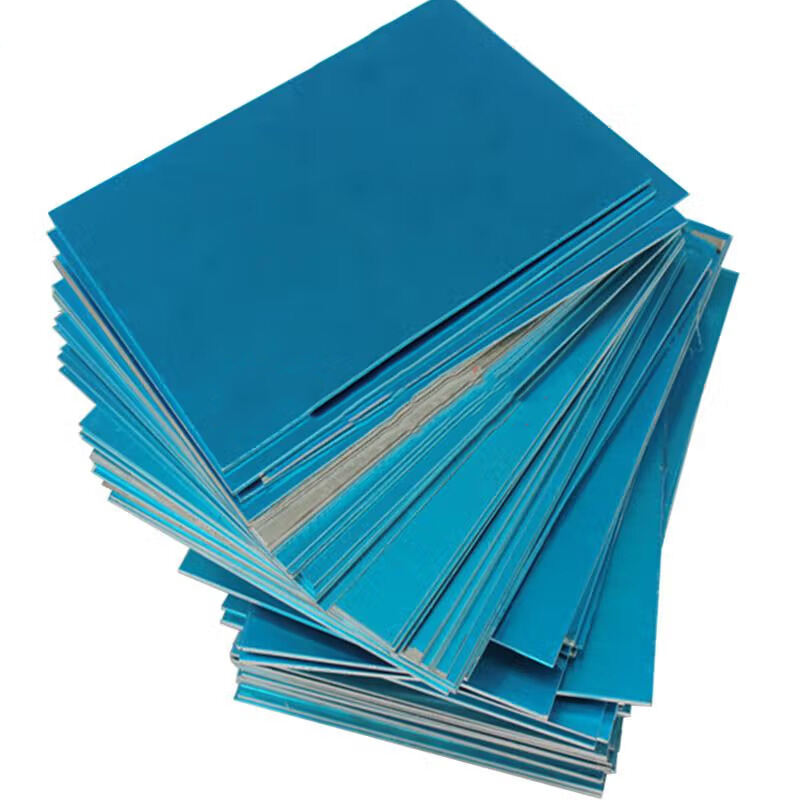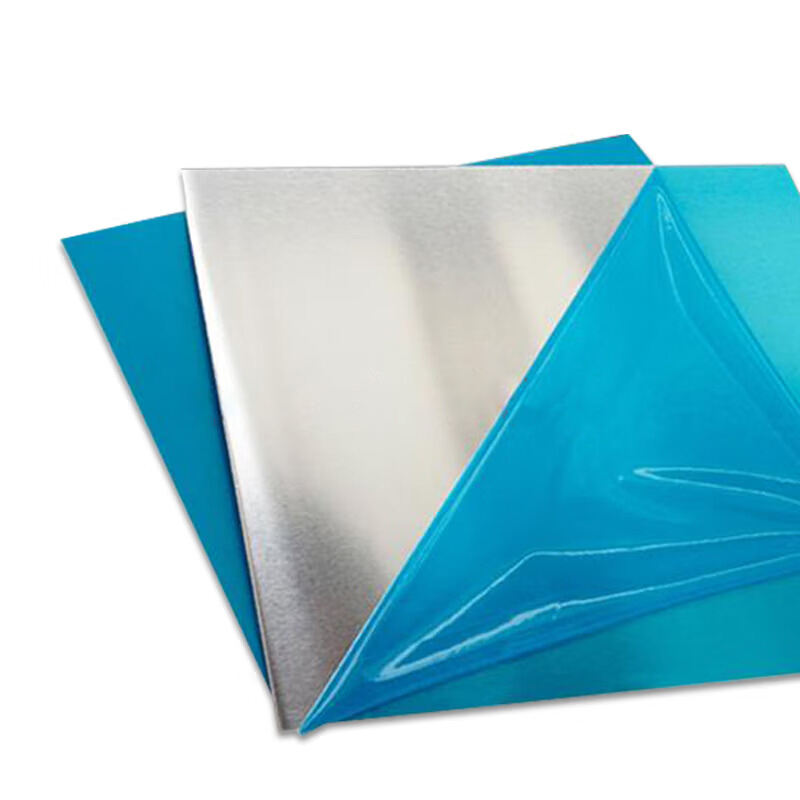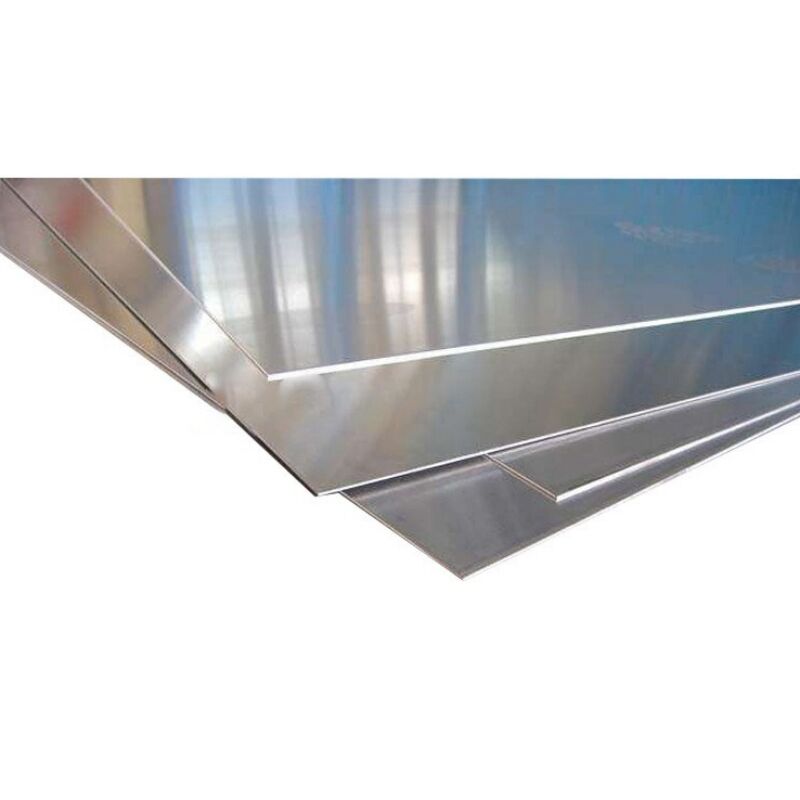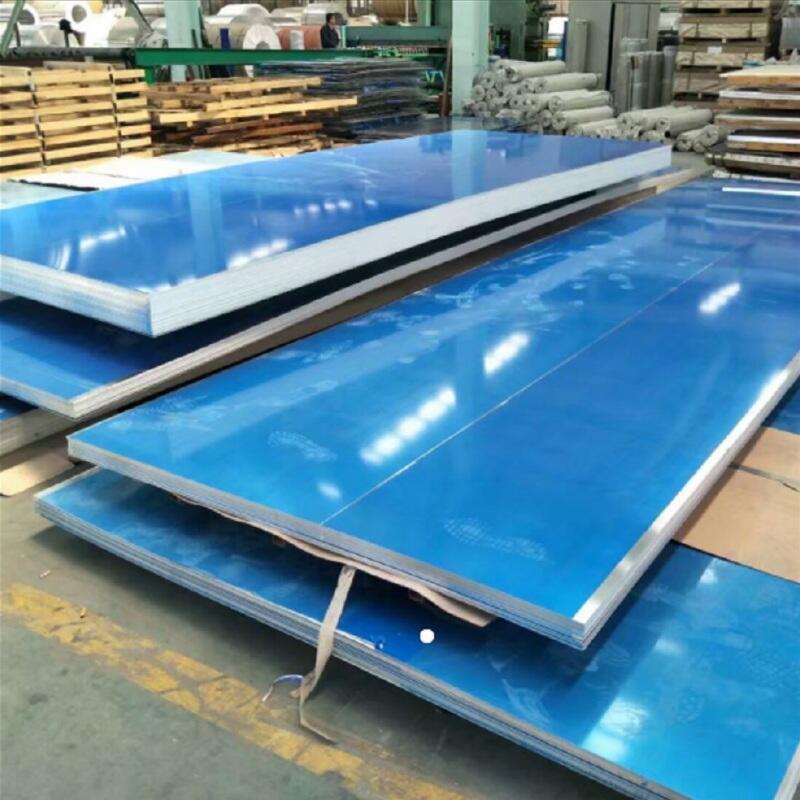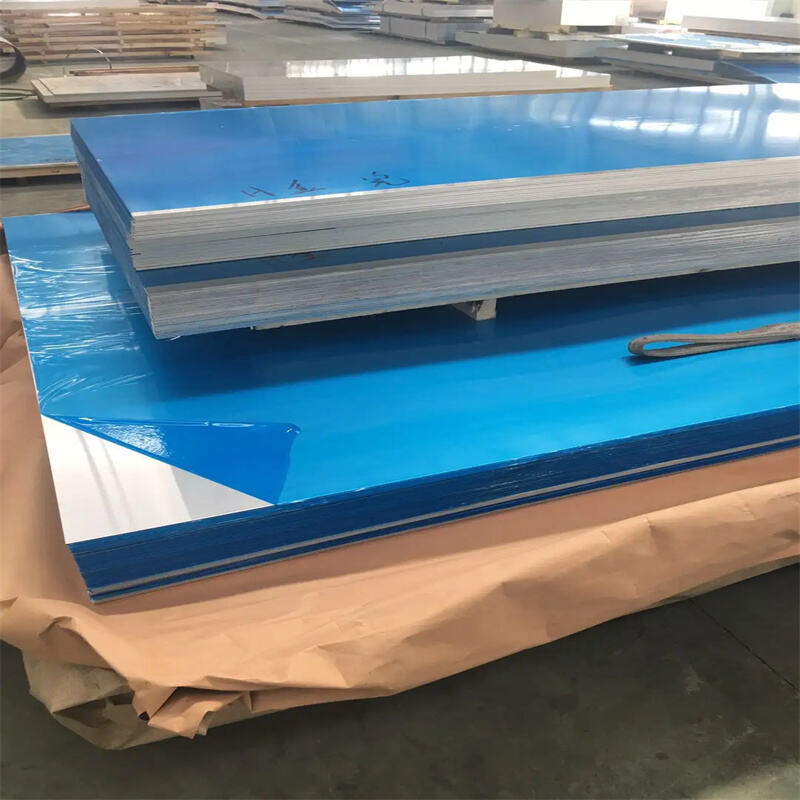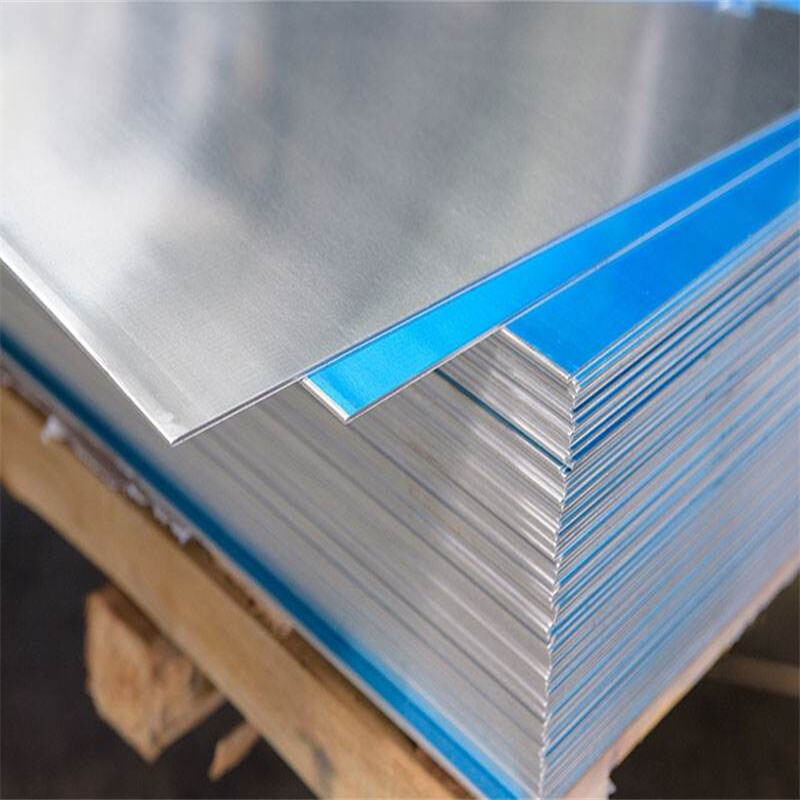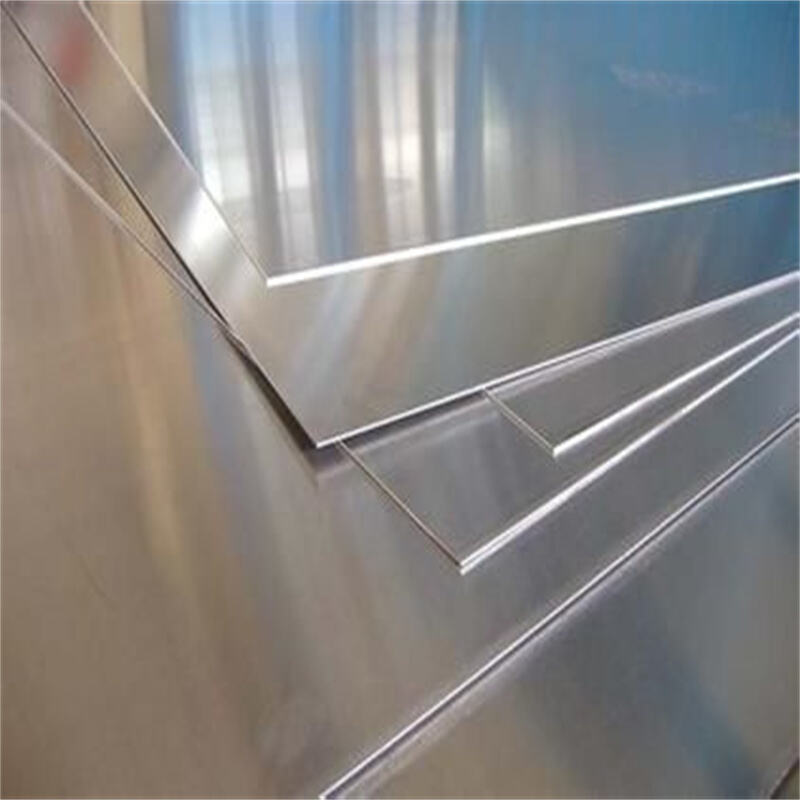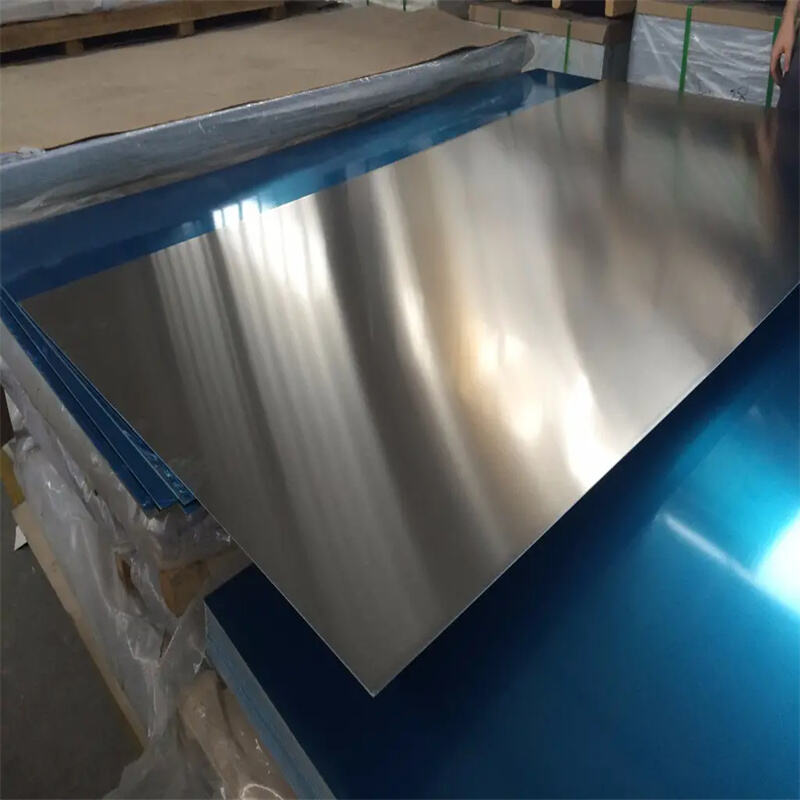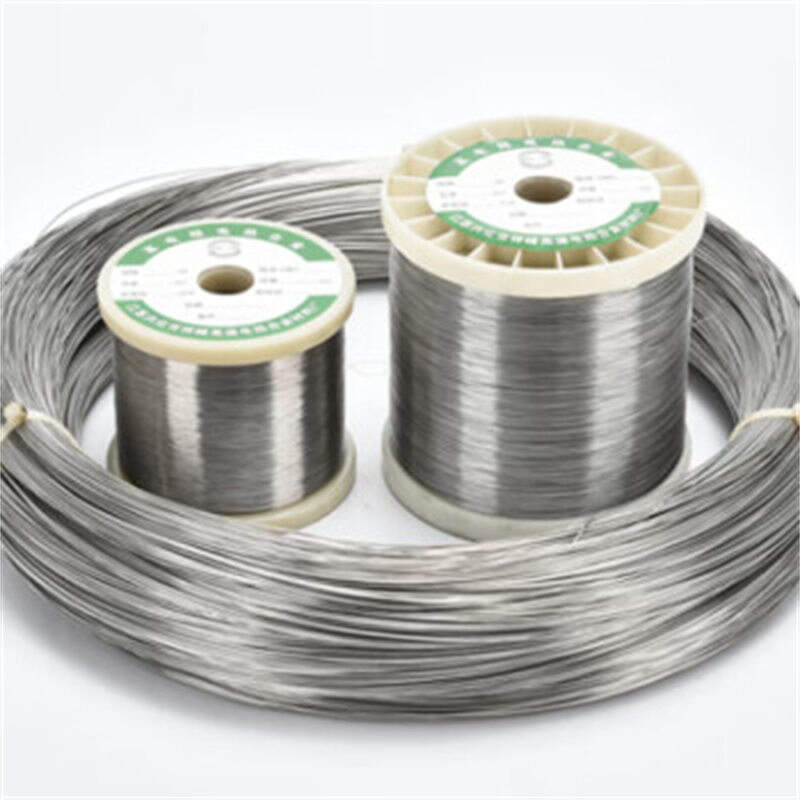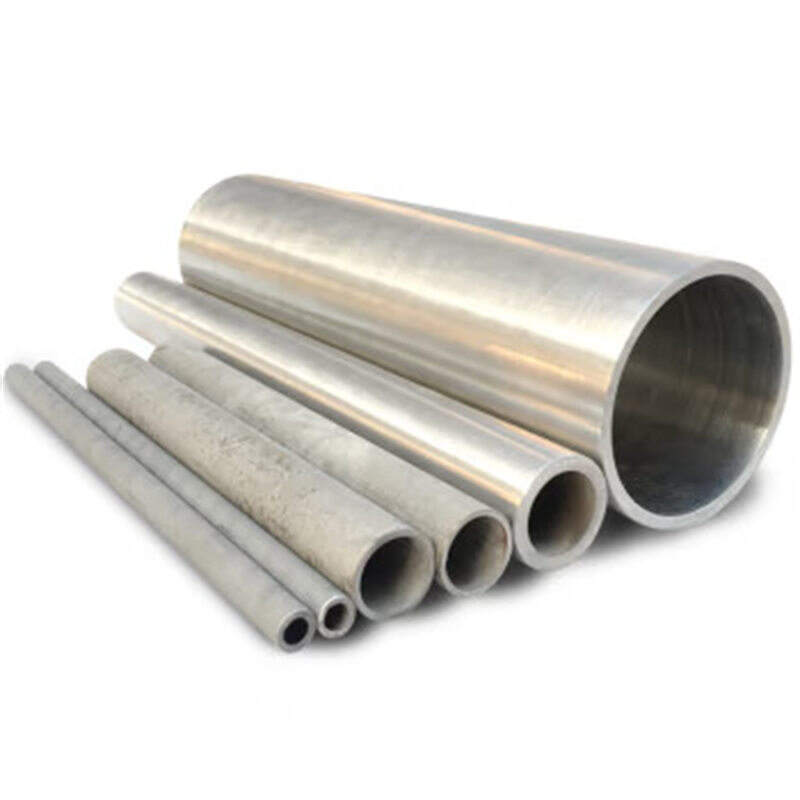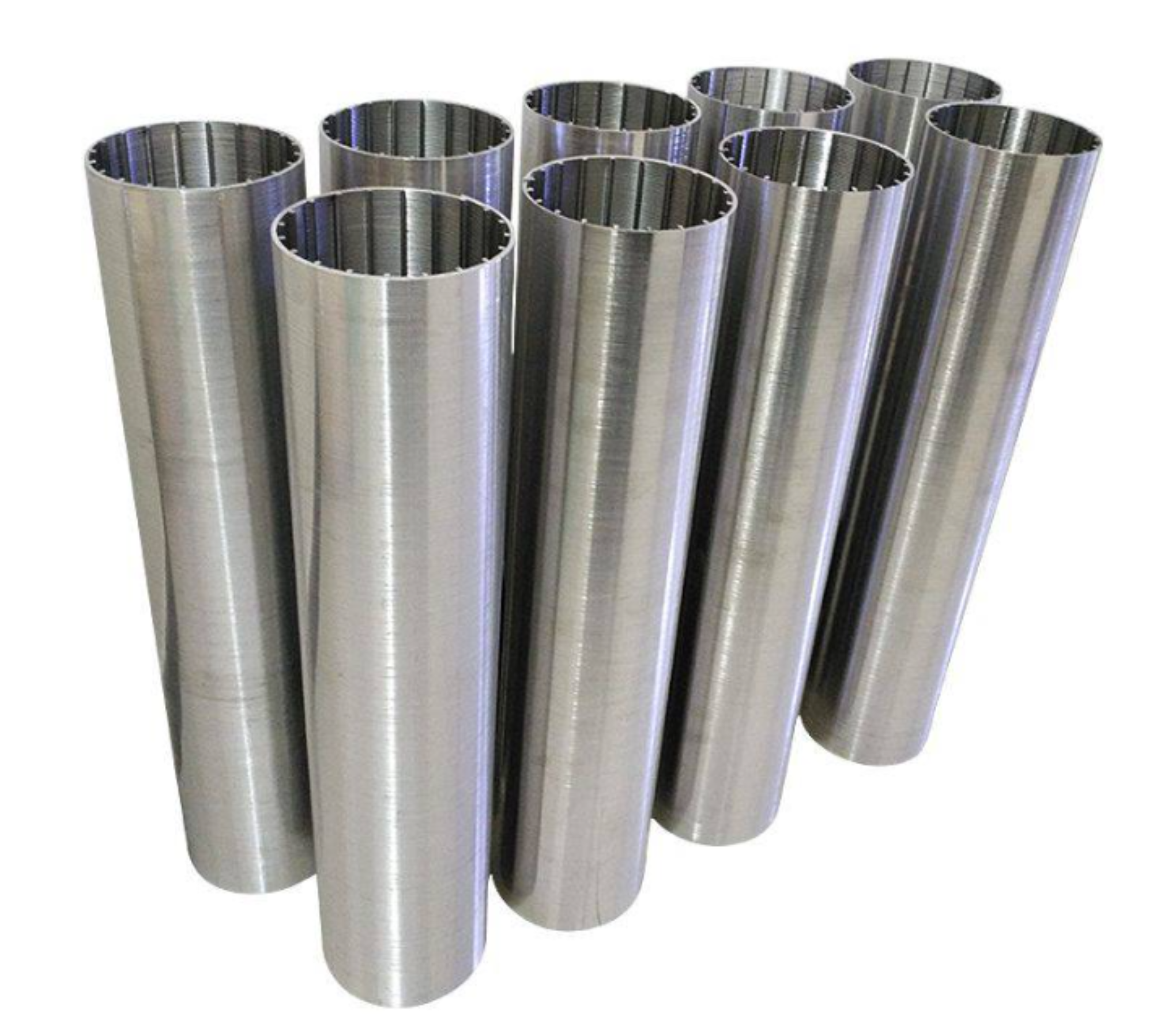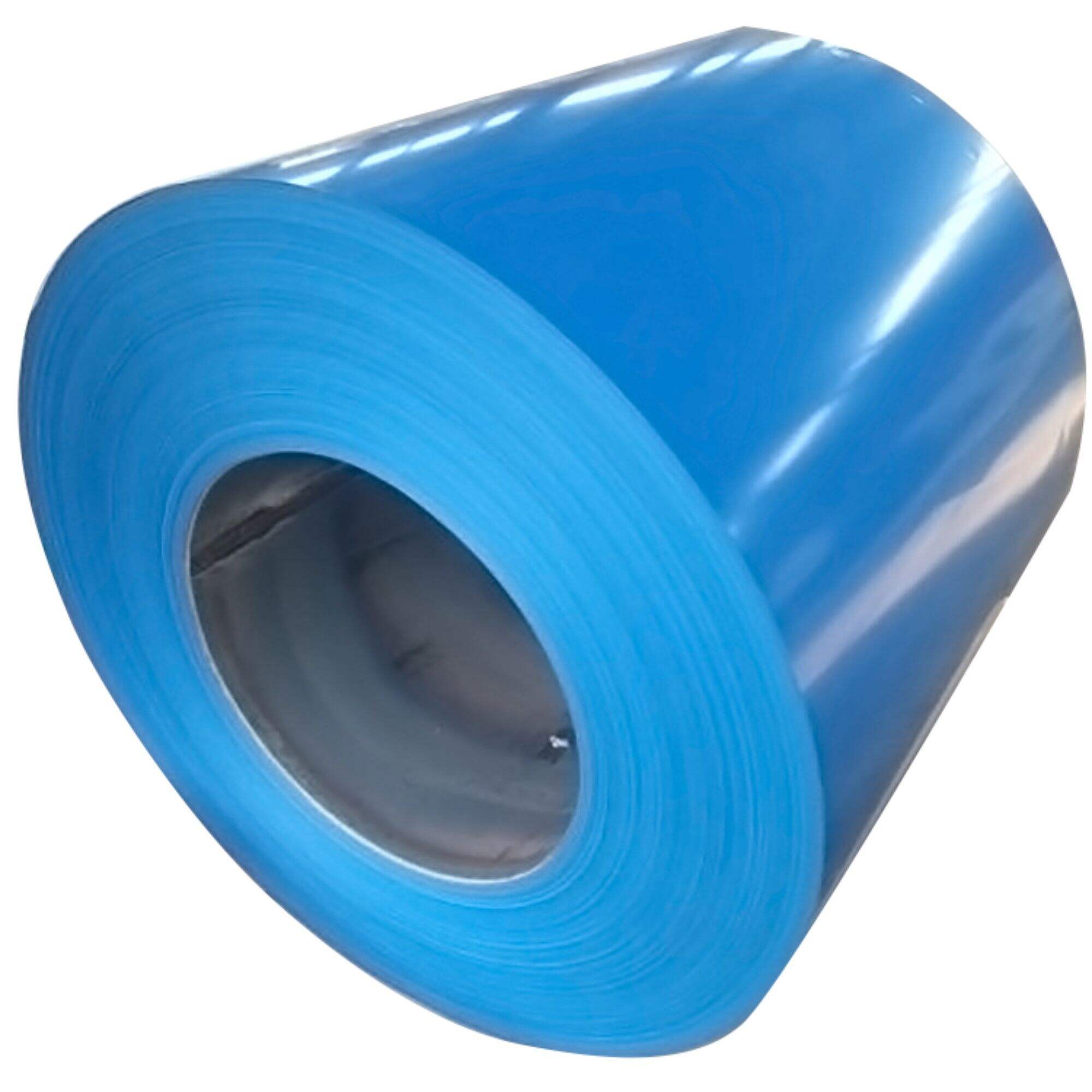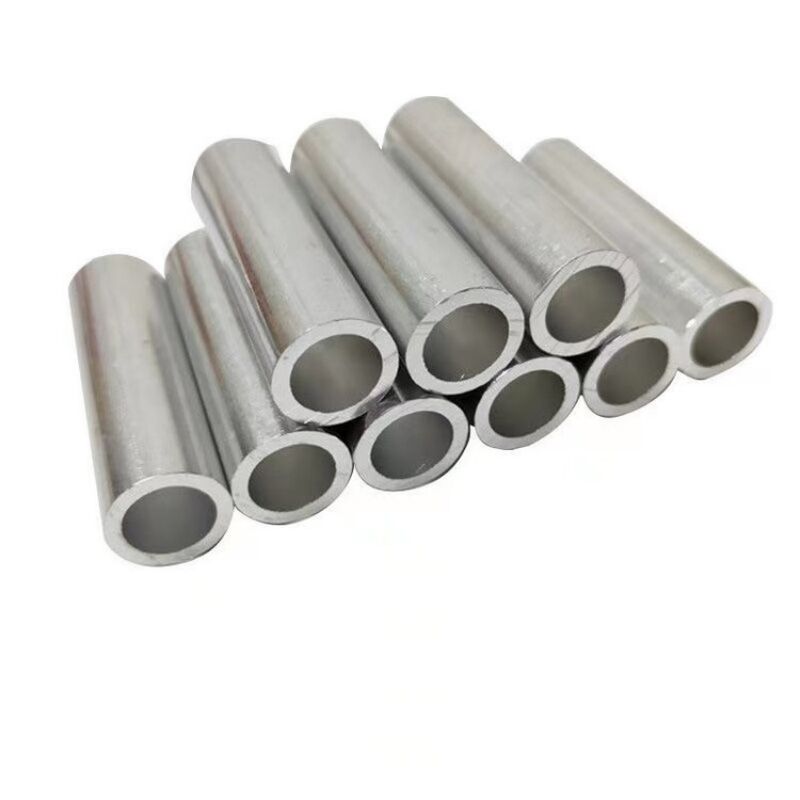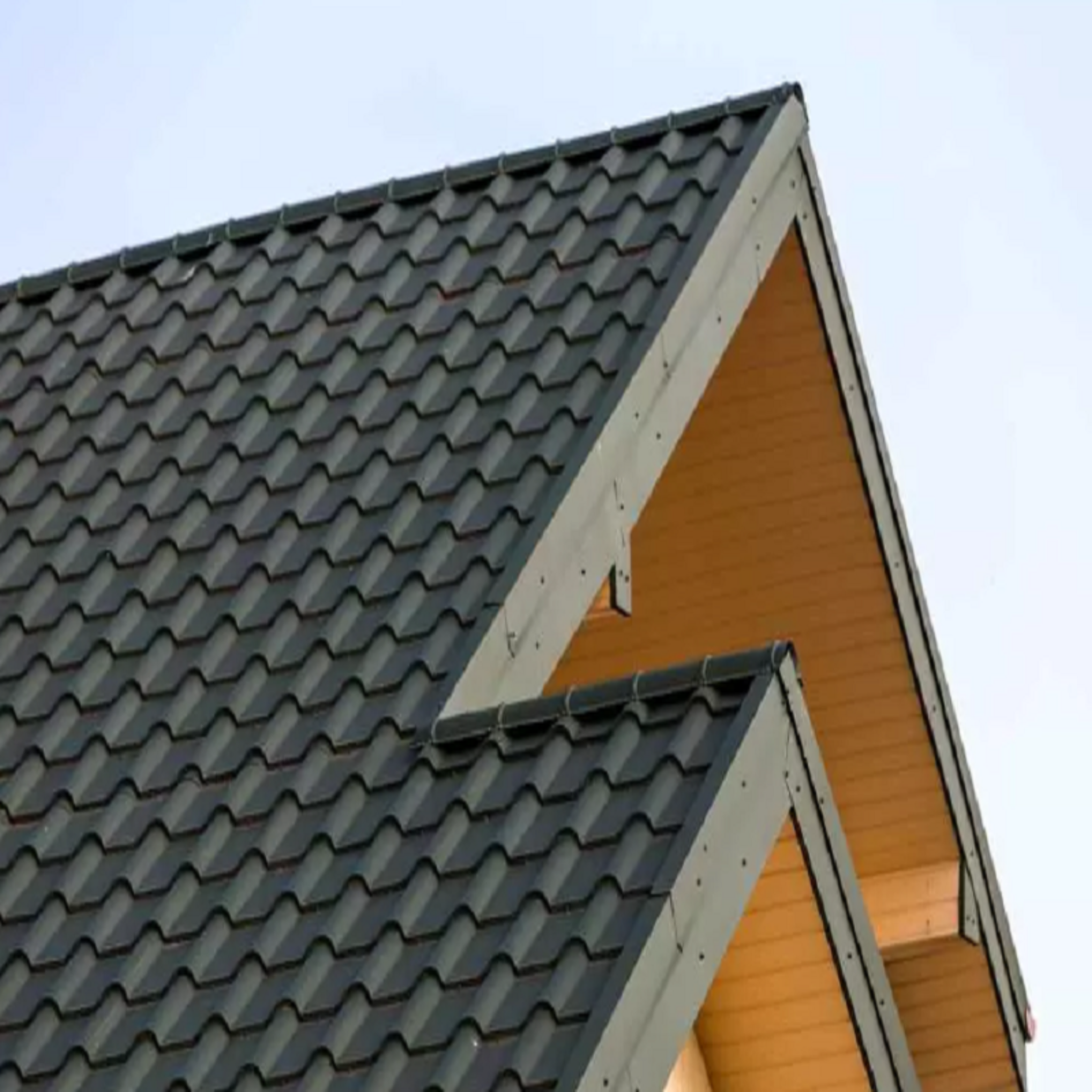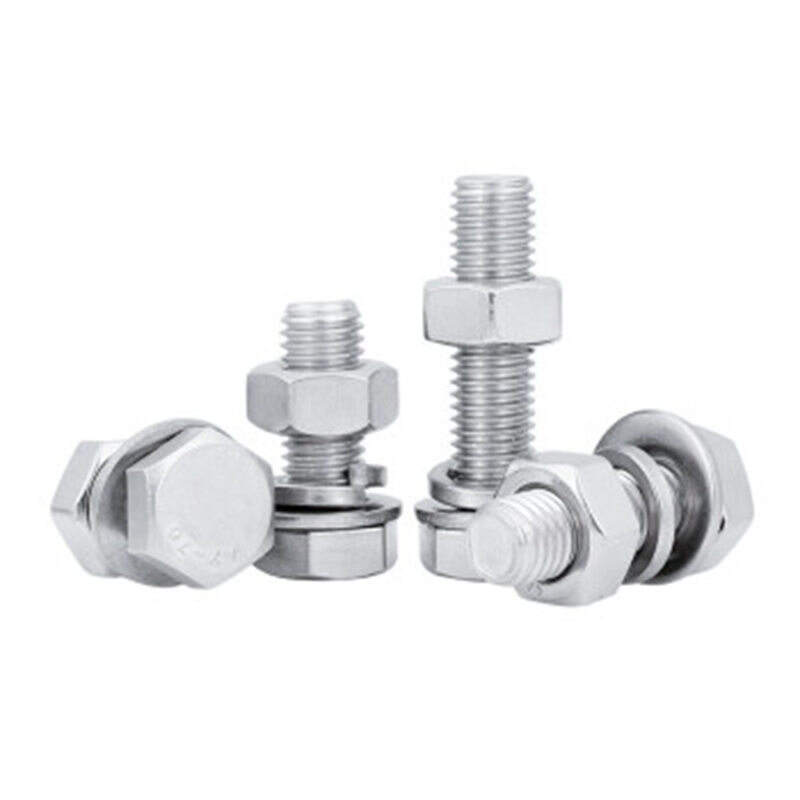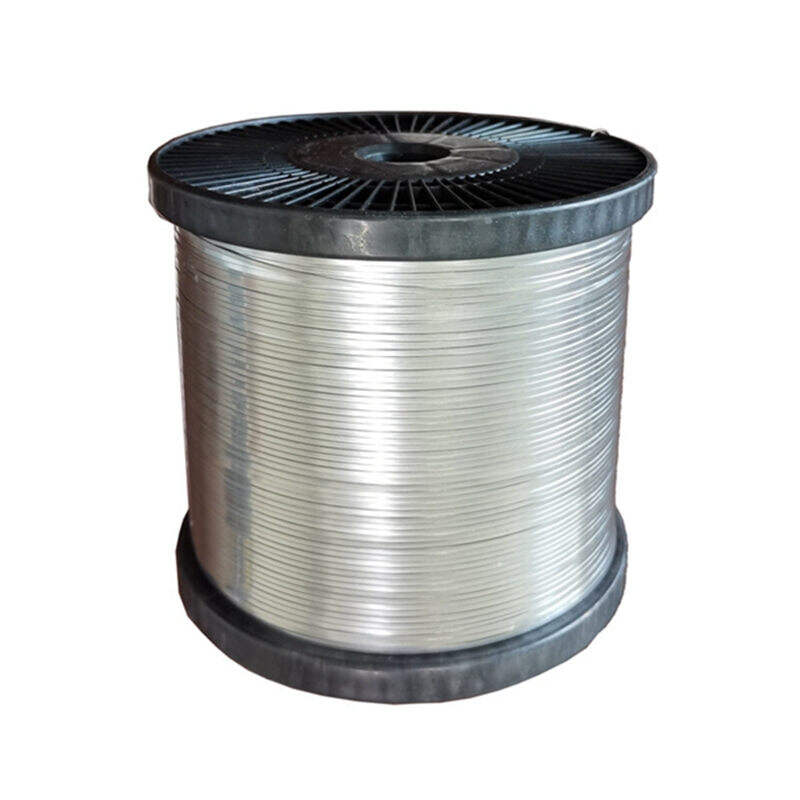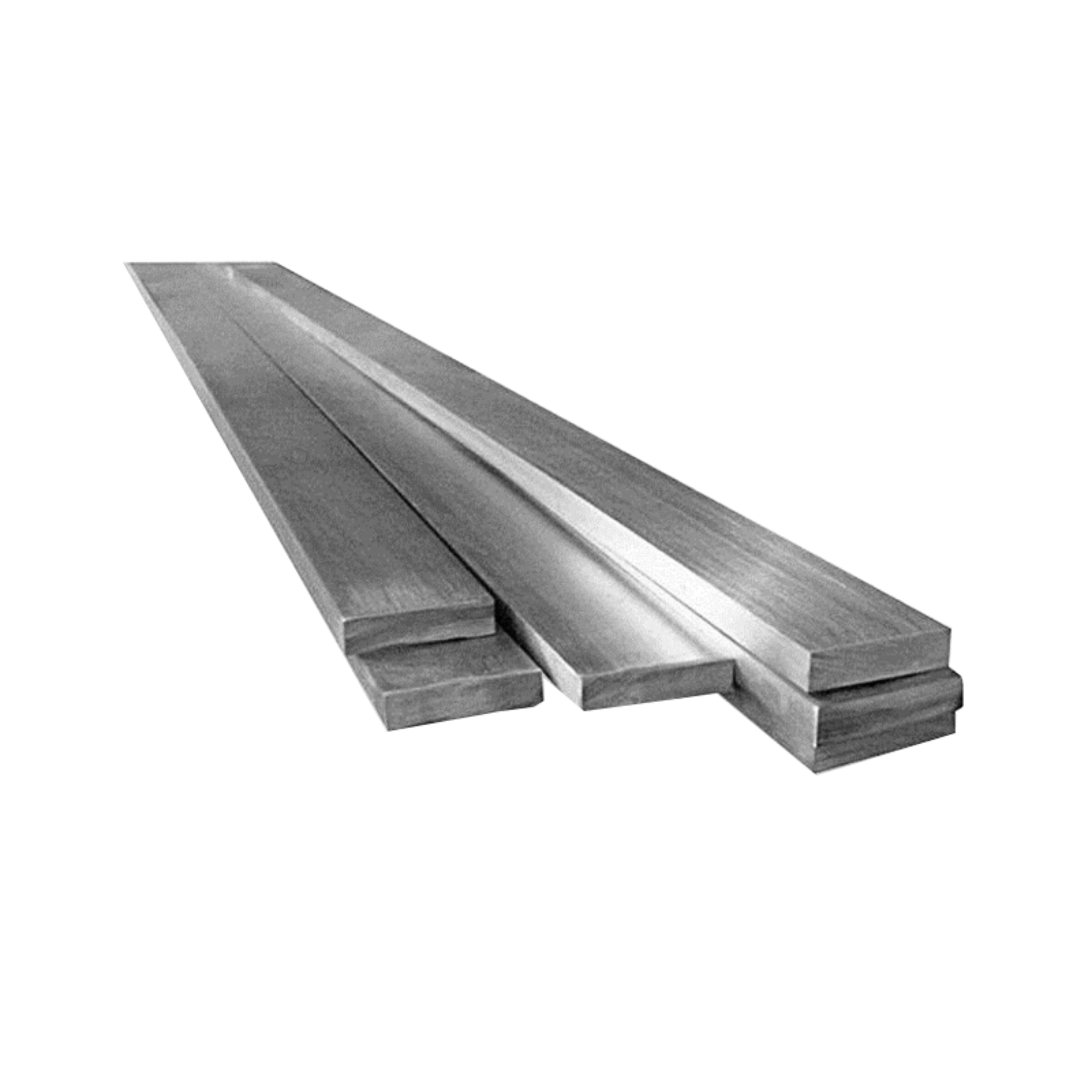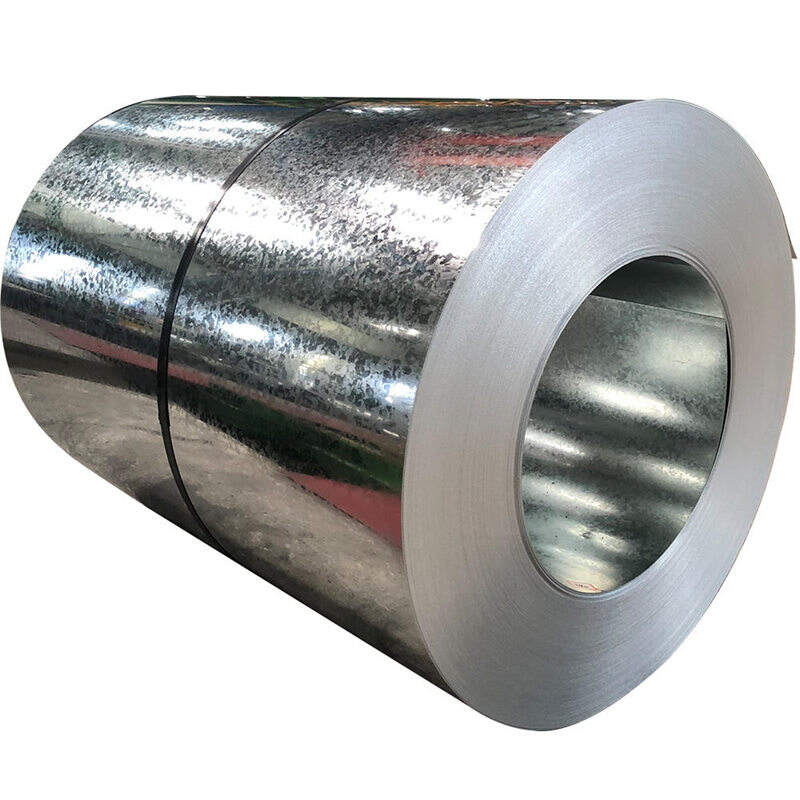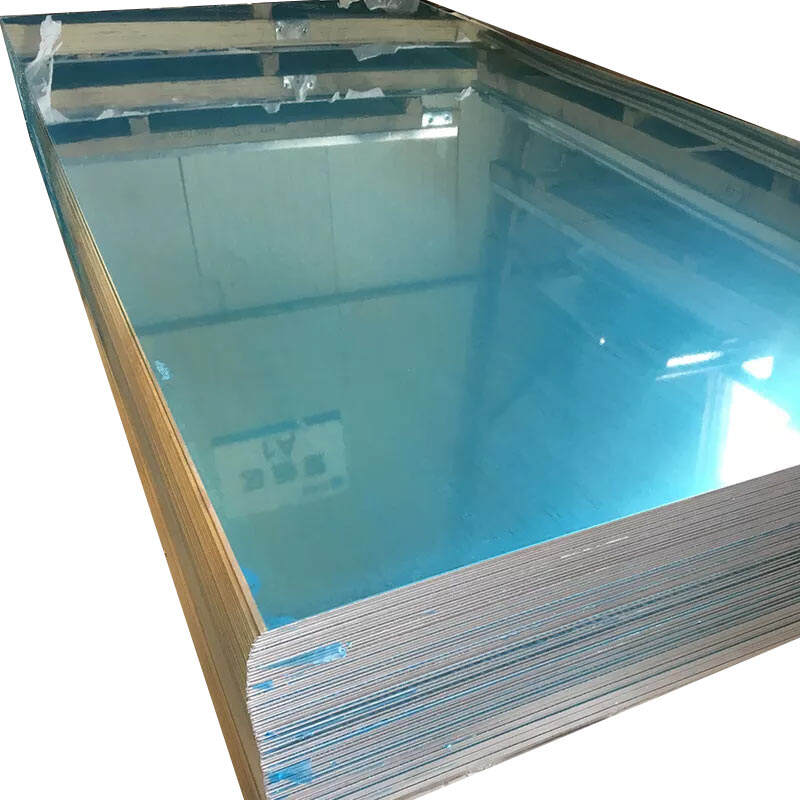
- Overview
- Inquiry
- Related Products
Description
Aluminium is derived from the mineral bauxite. Bauxite is converted to aluminium oxide (alumina) via the Bayer Process. The alumina is then converted to aluminium metal using electrolytic cells and the Hall-Heroult Process.
Aluminium has a density around one third that of steel or copper making it one of the lightest commercially available metals. The resultant high strength to weight ratio makes it an important structural material allowing increased payloads or fuel savings for transport industries in particular.
Quick Detail
Aluminium sheet is defined as cold-rolled material over 0.2mm thick but not exceeding 6mm thick. Alloy Selection Guide: The wide range of alloys available can be broadly split into two groups, the work hardening alloys and the heat treatable alloys.
Specifications
| Thickness | 0.3 mm – 300 mm |
| Width | 20 mm – 1500 mm |
| Tempers | -F , -H, -O, -T |
| Finishes | Original |
| Place of Origin: | China |
| Brand Name: | DYD |
| Model Number: | 510002576 |
| Certification: | ISO ASTM JIS |
Competitive Advantage
1. Fast delivery time
2. Best price
3. Strong product supply chain
4. Convenient shipping conditions
Applications
Pure aluminium is soft, ductile, corrosion resistant and has a high electrical conductivity. It is widely used for foil and conductor cables, but alloying with other elements is necessary to provide the higher strengths needed for other applications. Aluminium is one of the lightest engineering metals, having a strength to weight ratio superior to steel.By utilising various combinations of its advantageous properties such as strength, lightness, corrosion resistance, recyclability and formability, aluminium is being employed in an ever-increasing number of applications. This array of products ranges from structural materials through to thin packaging foils.



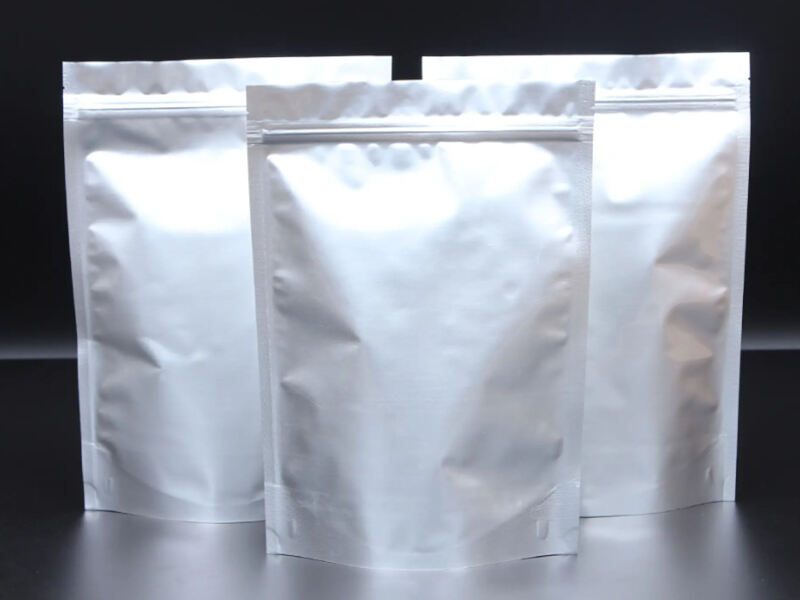


 EN
EN
 AR
AR
 HR
HR
 CS
CS
 DA
DA
 NL
NL
 FR
FR
 DE
DE
 IT
IT
 JA
JA
 KO
KO
 PL
PL
 PT
PT
 RO
RO
 RU
RU
 ES
ES
 CA
CA
 TL
TL
 IW
IW
 ID
ID
 LV
LV
 LT
LT
 SR
SR
 SK
SK
 UK
UK
 VI
VI
 ET
ET
 TH
TH
 TR
TR
 FA
FA
 AF
AF
 MS
MS
 IS
IS
 HY
HY
 AZ
AZ
 LA
LA
 MN
MN
 MY
MY
 XH
XH

